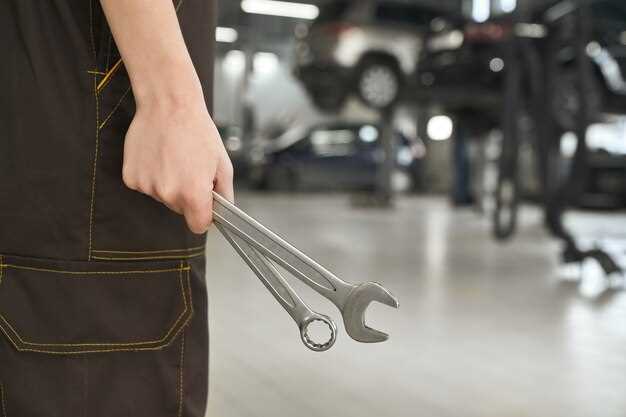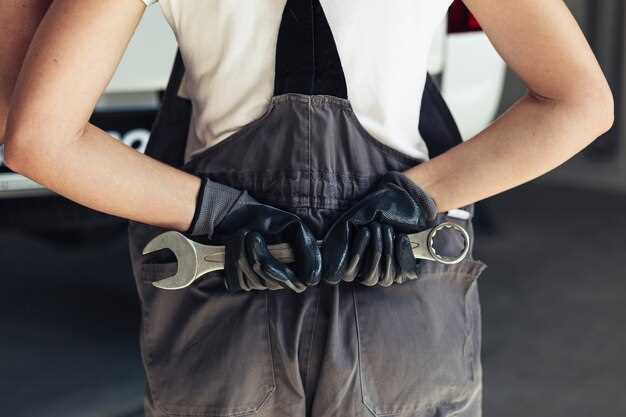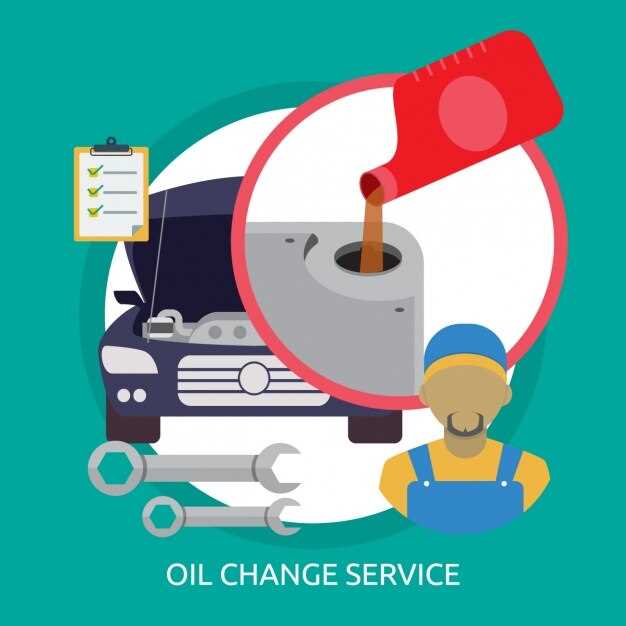
Owning a classic car is not just about enjoying its vintage appeal; it’s also a commitment to preserving its performance and longevity. Regular maintenance is crucial for ensuring that these timeless machines run smoothly and efficiently. Whether you’re a seasoned classic car enthusiast or a new owner, understanding the nuances of vehicle upkeep will significantly enhance your driving experience.
One of the first steps in classic car maintenance is to establish a routine inspection schedule. Regular checks of fluid levels, brakes, tires, and electrical systems will help catch potential issues before they escalate. Furthermore, understanding the specific needs of your car’s make and model can guide you in addressing unique maintenance challenges.
In addition to routine checks, investing time in cleaning and protecting vital components is essential for maintaining optimal performance. Cleaning the engine bay, keeping the fuel system clean, and protecting the paintwork from corrosion are tasks that can prolong the life of your classic vehicle. Conditioning the interior materials also safeguards against wear and tear, ensuring that your car remains both functional and aesthetically pleasing.
Regular Oil Changes and Quality Oil Selection
Maintaining optimal performance in classic cars heavily relies on regular oil changes and the selection of high-quality oil. Engine oil serves as the lifeblood of your vehicle, ensuring smooth operation and protecting vital components. Regular oil changes help remove contaminants, prevent sludge buildup, and maintain proper viscosity.
For classic cars, it is essential to follow the manufacturer’s recommendations regarding oil change intervals. Generally, it is advisable to change the oil every 3,000 to 5,000 miles, or at least annually, regardless of mileage. This practice helps to ensure that your engine remains well-lubricated and functions effectively.
Choosing the right oil is equally important. Classic cars often benefit from high-quality mineral or synthetic oils that meet or exceed industry standards. Mineral oils provide excellent lubrication for older engines, while synthetic oils offer improved performance in extreme conditions and better resistance to breakdown.
When selecting oil, consider the viscosity rating, denoted by a combination of numbers and letters (e.g., 10W-30). The first number indicates the oil’s thickness at low temperatures, while the second reflects its viscosity at operating temperatures. For classic engines, a multi-grade oil may be preferred for versatile performance in varying conditions.
Additionally, ensure that the oil you choose contains additives that prevent wear, reduce friction, and enhance cleaning properties. Look for oils with zinc dialkyldithiophosphate (ZDDP), as this additive is crucial for protecting flat-tappet camshafts often found in older engines.
In conclusion, regular oil changes combined with the selection of high-quality oils significantly contribute to the longevity and performance of classic cars. By adhering to these practices, enthusiasts can enjoy their vehicles while preserving their value and ensuring reliable operation for years to come.
Tire Care: Pressure, Tread Depth, and Rotation

Maintaining optimal tire performance is crucial for the safety and efficiency of classic cars. Proper tire care involves monitoring tire pressure, checking tread depth, and ensuring regular rotation. Each of these elements plays a vital role in maintaining traction and extending the lifespan of your tires.
Tire pressure should be checked at least once a month, as well as before long trips. Under-inflated tires can lead to poor fuel efficiency and increased wear, while over-inflated tires may result in reduced contact with the road and compromised handling. Refer to the owner’s manual for the recommended pressure levels and always use a reliable gauge for accuracy.
Tread depth is another critical factor in tire maintenance. The depth of the tread affects grip on wet or slippery surfaces. A simple way to check tread depth is the penny test: insert a penny into the tread with Lincoln’s head upside down. If the top of the head is visible, the tread is too worn and the tire should be replaced. Maintaining adequate tread depth is essential for safe driving, particularly in adverse weather conditions.
Tire rotation helps promote even wear on tires, extending their life and enhancing performance. It is generally recommended to rotate tires every 5,000 to 7,500 miles, or according to manufacturer guidelines. This practice helps ensure that all tires wear evenly, providing optimal handling and grip over time. Keep in mind the specific pattern of rotation can depend on the type of tires and vehicle configuration.
By regularly monitoring tire pressure, checking tread depth, and performing timely rotations, classic car owners can ensure their vehicles maintain excellent performance, safety, and longevity on the road.
Electrical System Checks: Battery, Alternator, and Wiring

Maintaining the electrical system in a classic car is essential for optimal performance and reliability. Regular checks of the battery, alternator, and wiring can prevent breakdowns and ensure smooth operation.
Battery: Start by inspecting the battery for corrosion around the terminals, which can hinder electrical flow. Clean the terminals using a mixture of baking soda and water, followed by a thorough rinse. Ensure that the battery is securely mounted and check for any signs of swelling or leaks, which can indicate a failing battery. It’s also important to test the battery’s voltage with a multimeter; a healthy reading should be around 12.6 volts when fully charged. If the voltage drops below 12.4 volts, consider recharging or replacing the battery.
Alternator: The alternator is crucial for charging the battery while the engine runs. To ensure it functions correctly, check the alternator belt for wear, cracks, or looseness. A properly tensioned belt is vital for efficient operation. You can test the alternator’s output by measuring the voltage at the battery with the engine running; it should read between 13.8 and 14.5 volts. If the voltage is lower than this range, the alternator may be failing and needs to be checked further or replaced.
Wiring: Inspect the wiring harness for any signs of wear, fraying, or corrosion. Pay special attention to connections, as loose or rusty connections can lead to intermittent issues. Use a wire brush to clean corroded connections, ensuring a solid electrical contact. If you find any damaged wires, replace them promptly to prevent electrical shorts. It’s also a good practice to secure any loose wires away from hot or moving parts to avoid damage.
By performing routine checks on the battery, alternator, and wiring, you can maintain the electrical system of your classic car, ensuring reliable performance and extending the lifespan of your vehicle.
